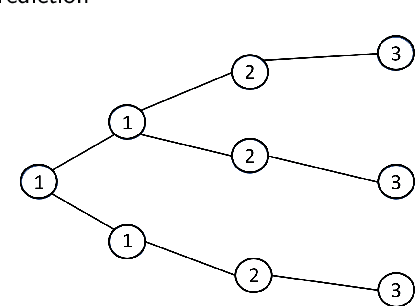A Rule-Based Model for Victim Prediction
Paper and Code
Jan 07, 2020



In this paper, we proposed a novel automated model, called Vulnerability Index for Population at Risk (VIPAR) scores, to identify rare populations for their future shooting victimizations. Likewise, the focused deterrence approach identifies vulnerable individuals and offers certain types of treatments (e.g., outreach services) to prevent violence in communities. The proposed rule-based engine model is the first AI-based model for victim prediction. This paper aims to compare the list of focused deterrence strategy with the VIPAR score list regarding their predictive power for the future shooting victimizations. Drawing on the criminological studies, the model uses age, past criminal history, and peer influence as the main predictors of future violence. Social network analysis is employed to measure the influence of peers on the outcome variable. The model also uses logistic regression analysis to verify the variable selections. Our empirical results show that VIPAR scores predict 25.8% of future shooting victims and 32.2% of future shooting suspects, whereas focused deterrence list predicts 13% of future shooting victims and 9.4% of future shooting suspects. The model outperforms the intelligence list of focused deterrence policies in predicting the future fatal and non-fatal shootings. Furthermore, we discuss the concerns about the presumption of innocence right.
 Add to Chrome
Add to Chrome Add to Firefox
Add to Firefox Add to Edge
Add to Edge